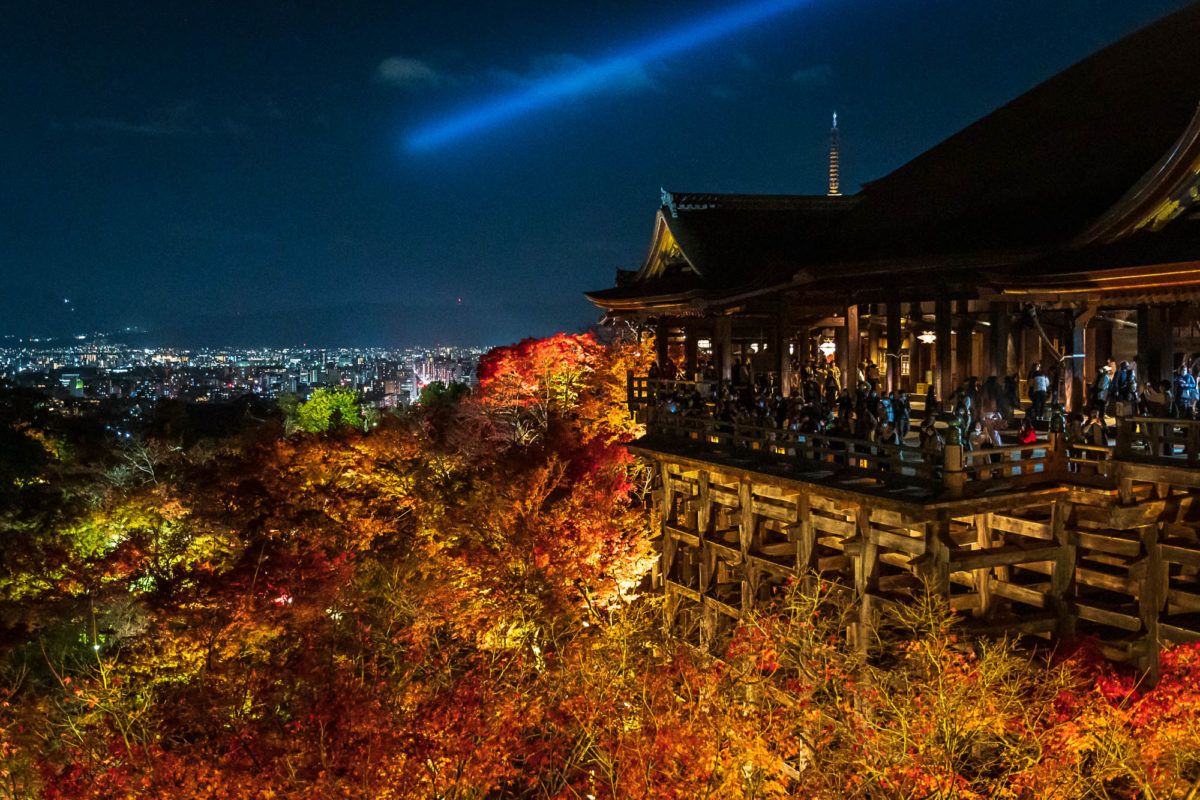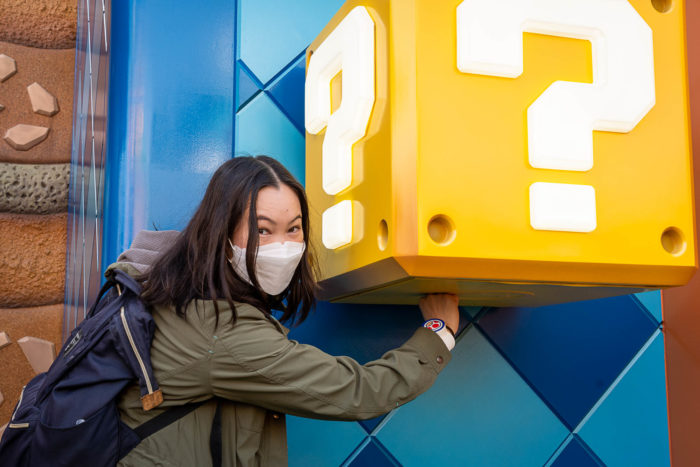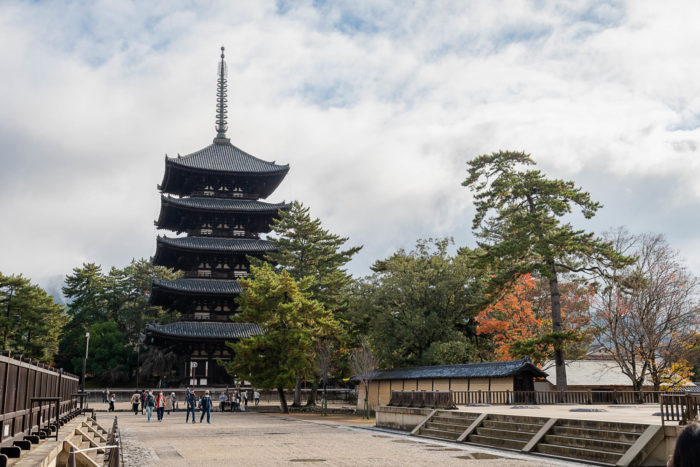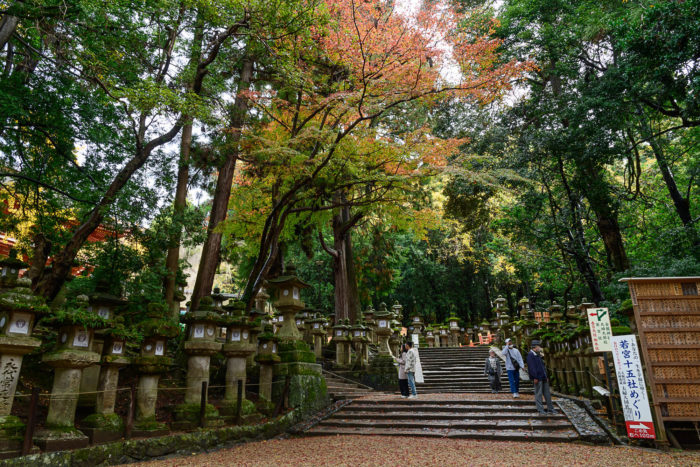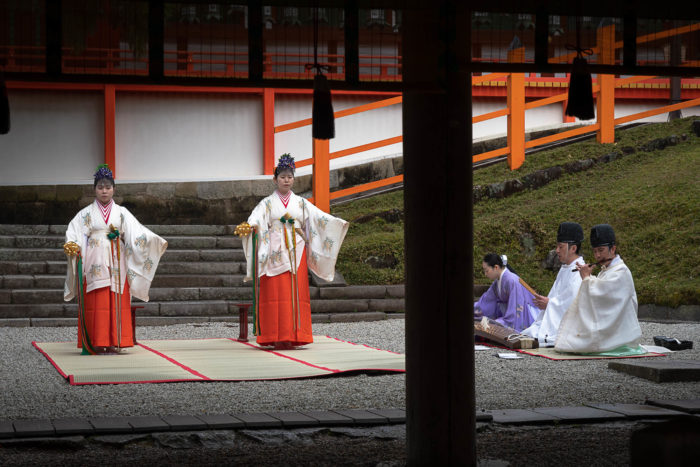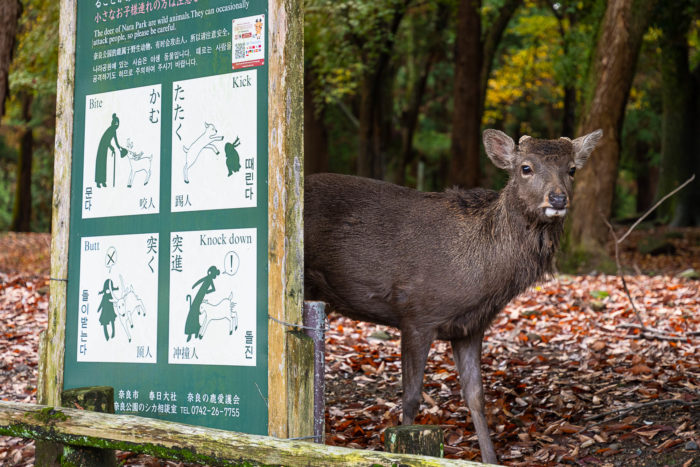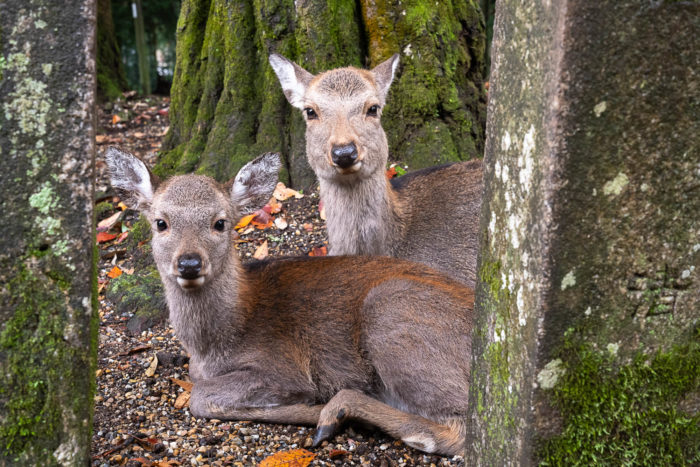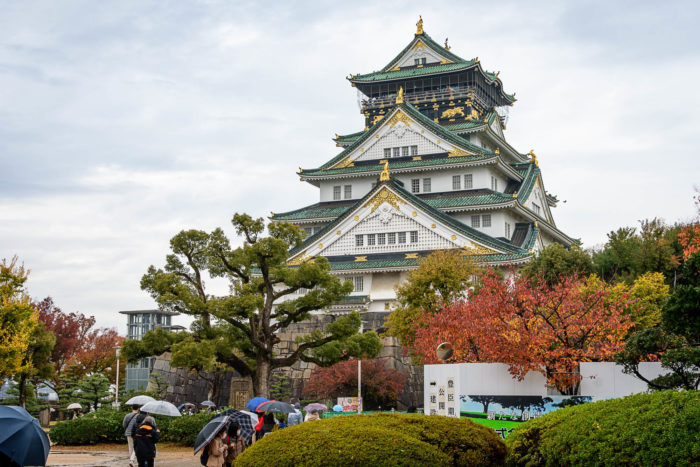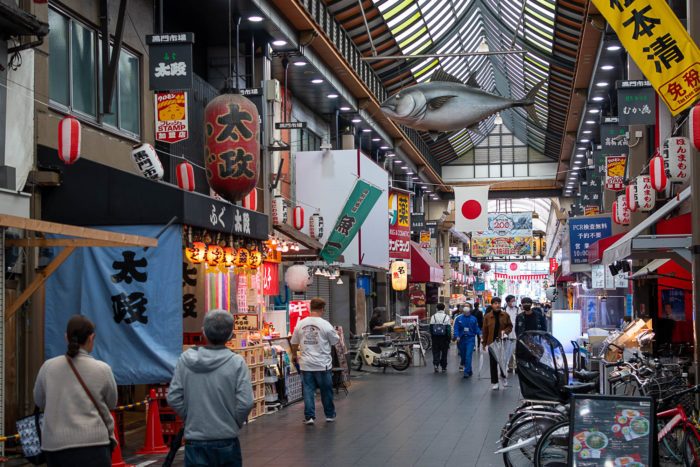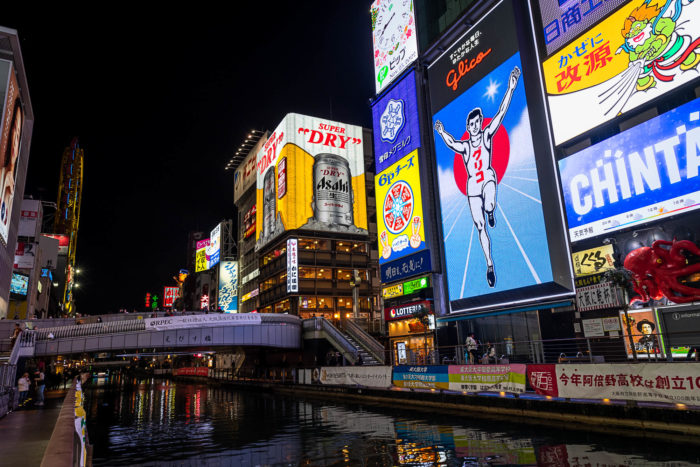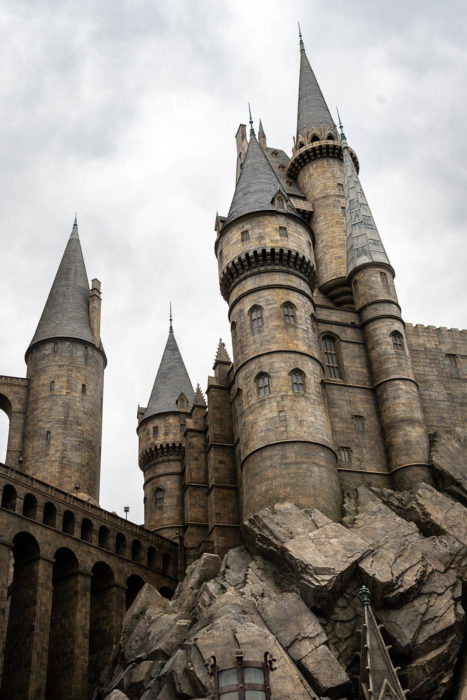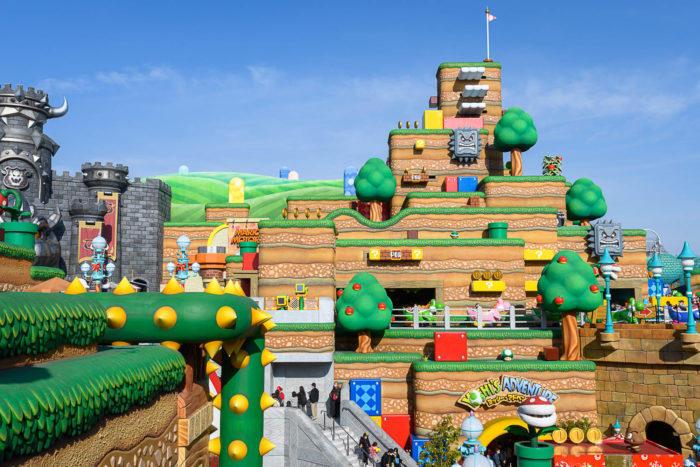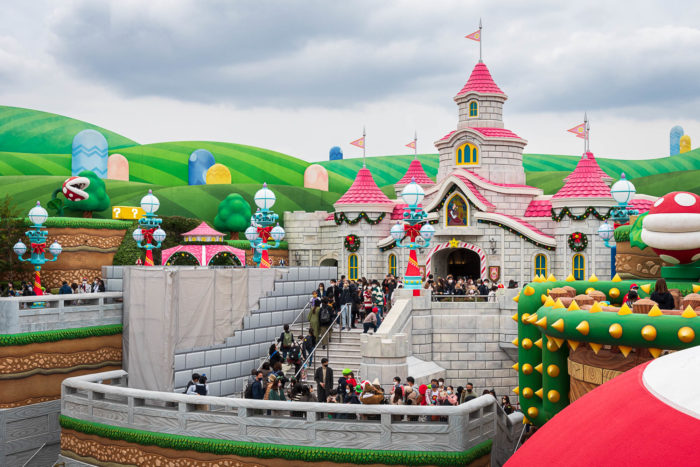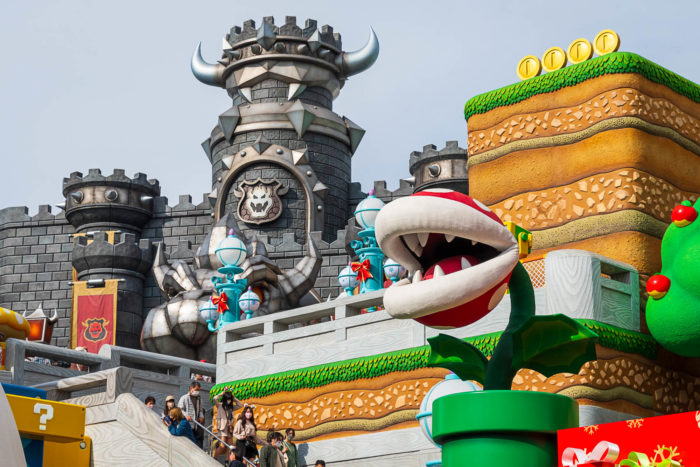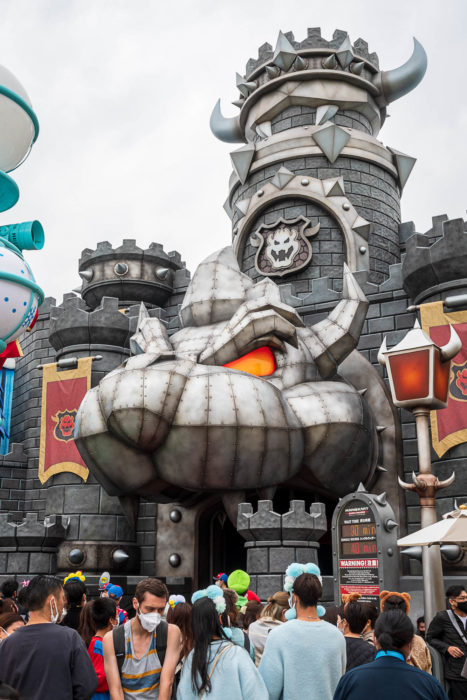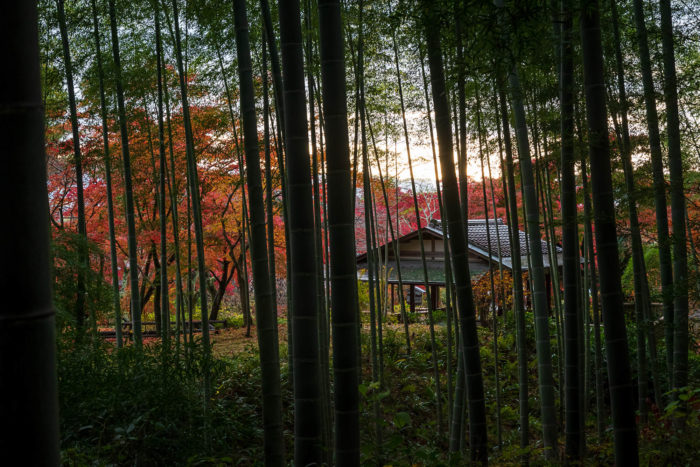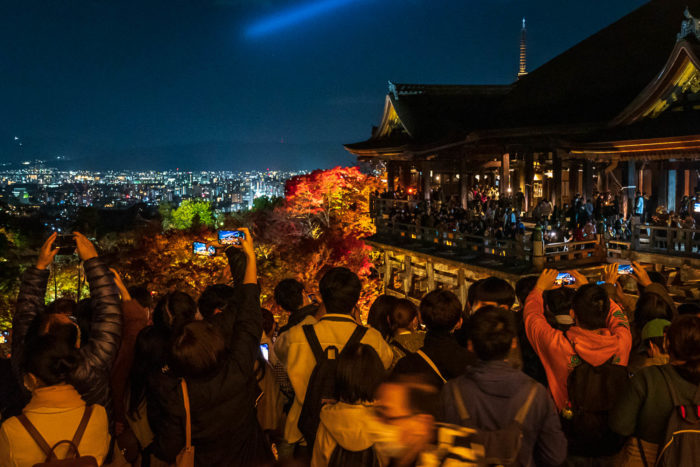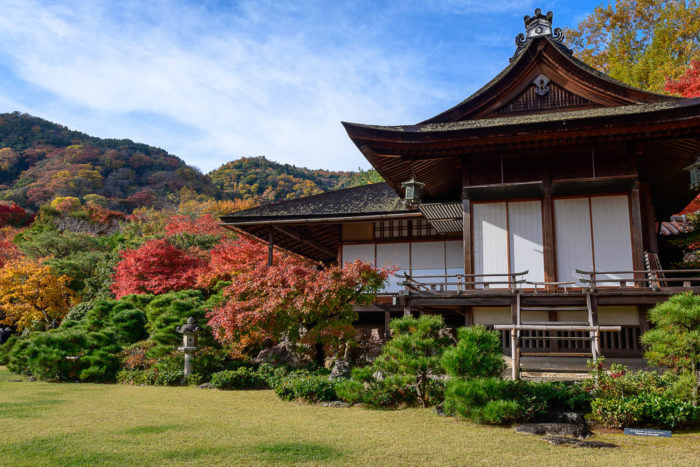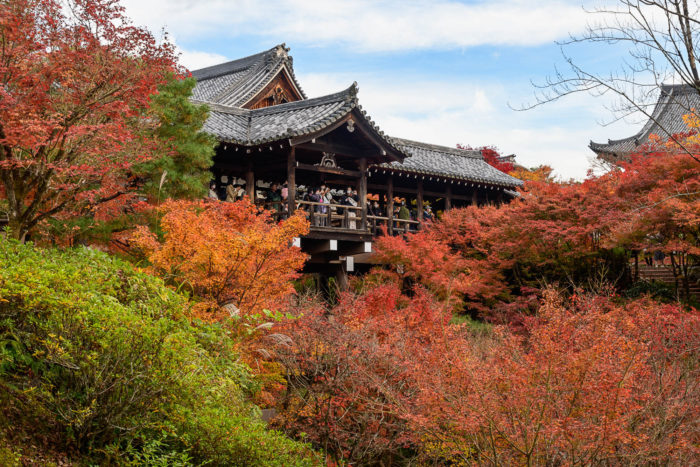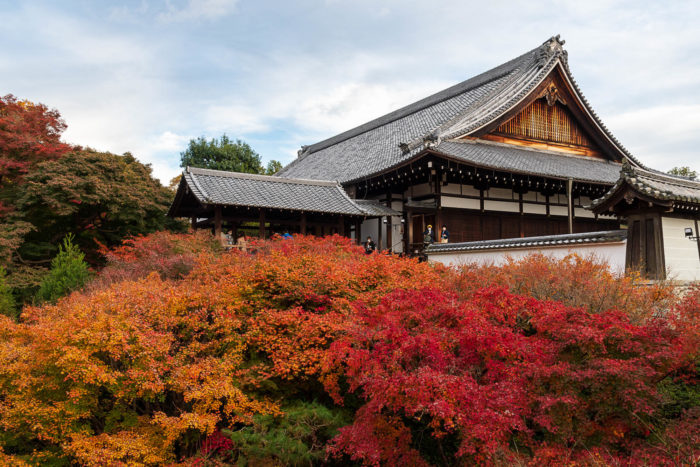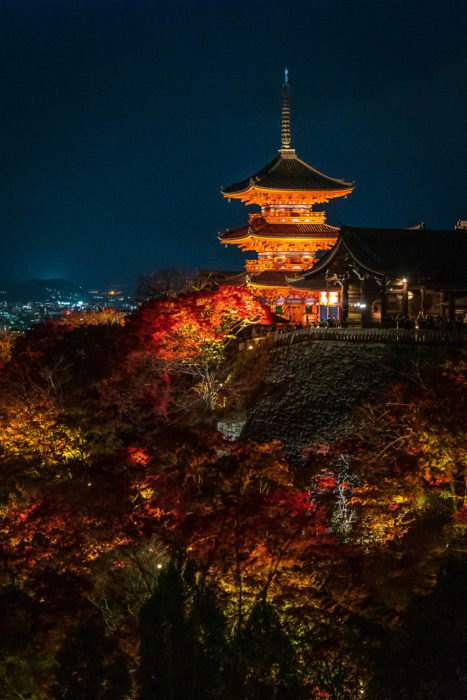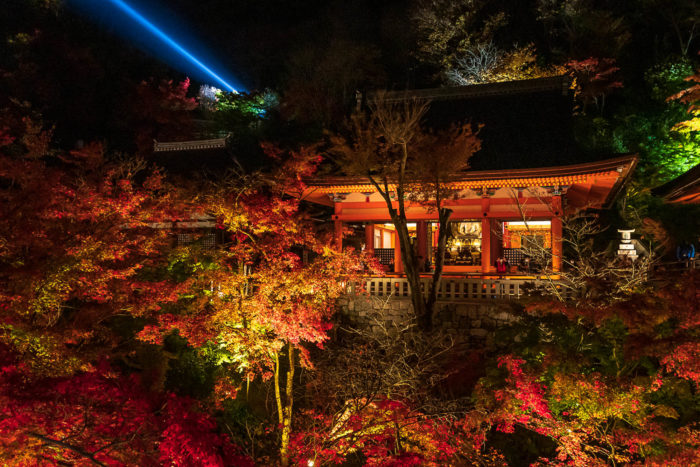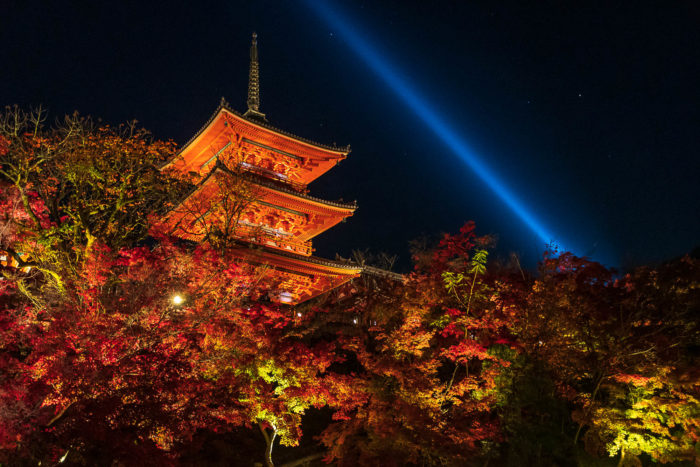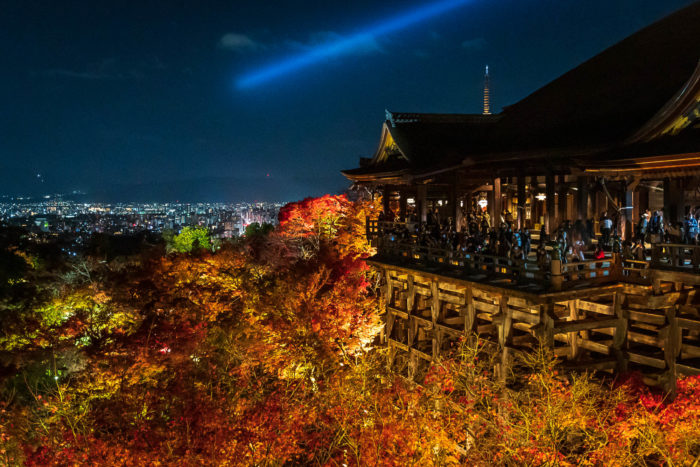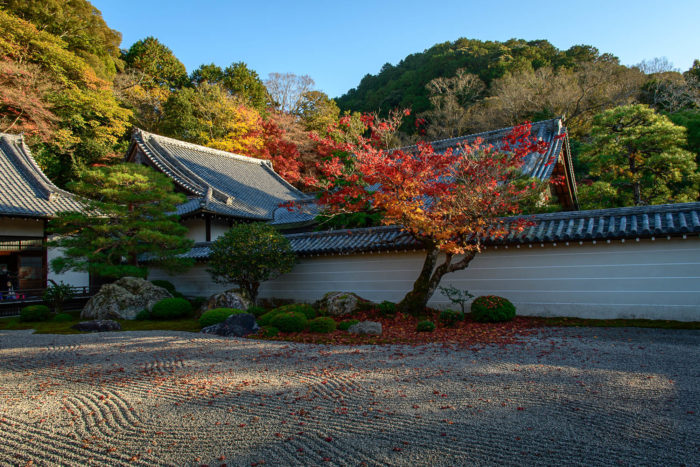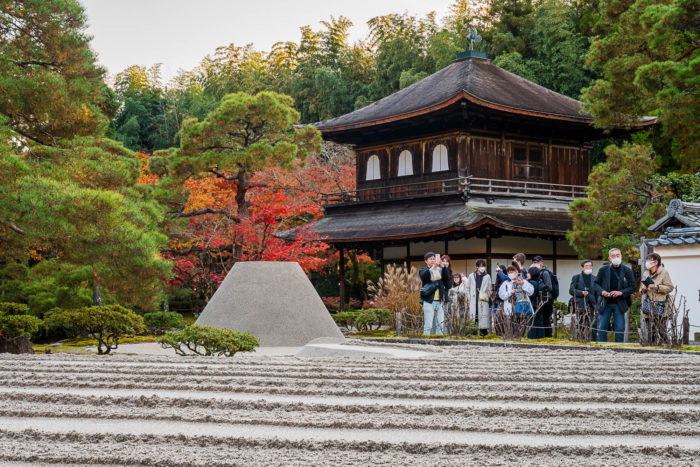Two years after the ill-fated trip of 2020, Japan finally opened its borders to foreign tourists in October of 2022. The news seemingly came out of nowhere, but because we had held onto our vacation time out of sheer stubborn belief, we were able to book the tickets for a two-week trip at the end of November. The air fare was about four times the price of the bargain-bin tickets we originally snagged at the onset of the pandemic, but the exchange rate was at its best in over a decade for us Canadians, which helped a lot in balancing the books. Even that wasn’t the case, I don’t think it would’ve mattered, because we were thirsty after two years of waiting.
Being among the first wave of foreign tourists to crash onto its shores, facets of covid-era life were definitely still present. Masks use was nearly ubiquitous among the locals, and the sight of clear plastic barriers were everywhere. I’ll touch on this subject in the next post about the trip, but needless to say, the circumstances were rather unique, and it was during these unusual times when we embarked on our third trip to Japan. Here are some highlights and thoughts about our time there.
Nara
We had been to Nara before in 2019, but the visit was cut short due to poor weather. All we did was see a few deer and visit Todai-ji before calling it quits. Thankfully, the weather was much more cooperative, so we ventured further into the Nara Park area, where the attractions are concentrated.
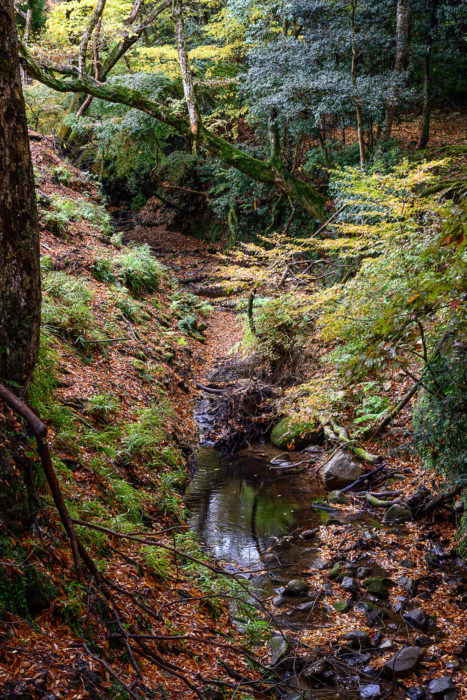
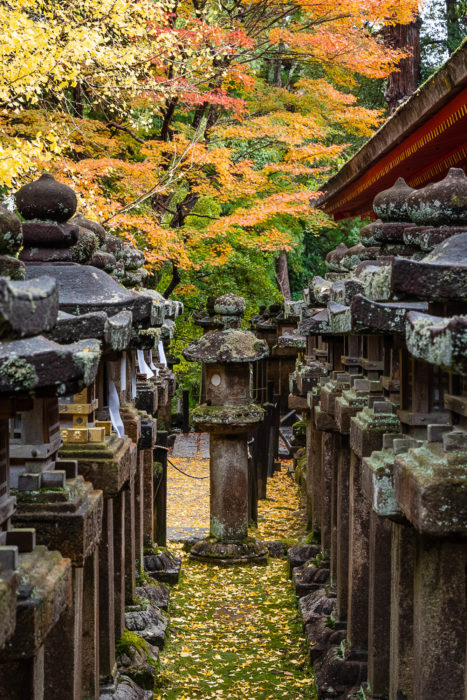
Nestled in the primordial forest to the east side of the park is Kasuga-taisha, an ancient shinto shrine dating back to the eighth century. Stone lanterns line the paths here. The thick green moss on top of the lanterns, along with the old growth forest that separate the shrine from the outside world, created an aura of mystique. There’s a similar appeal here compared to the famous Fushimi Inari-taisha of Kyoto, but I found this much more enjoyable because the scenery is less repetitive here. Not being a never-ending uphill hike also helped!
The deer at the park were as belligerent as I remembered. It is my firm belief that these deer not only smell food, but also the fear of humans, because they will beeline for the tourists as soon as they see a bag of deer crackers exchange hands, at which point they will not take no for an answer. They will bow their heads about three times before their patience is exhausted, at which point the gloves come off, and they will use their teeth on human legs as a method of persuasion. Those who are more used to the deer can walk through the park with deer food in tow without being assaulted, and same goes for the deer cracker vendors, with whom the deer must have some unspoken understanding.
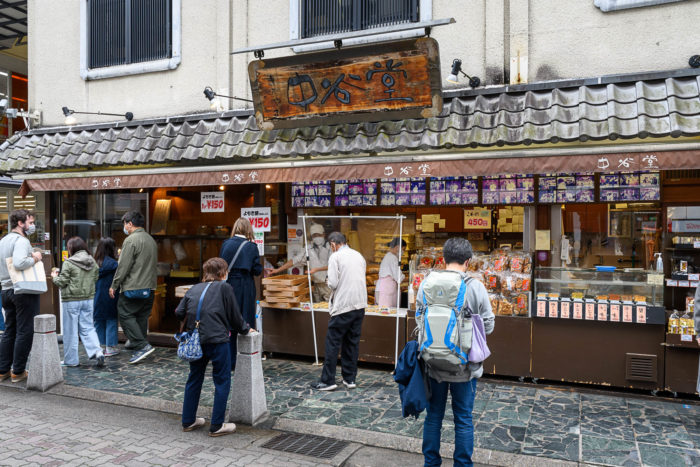
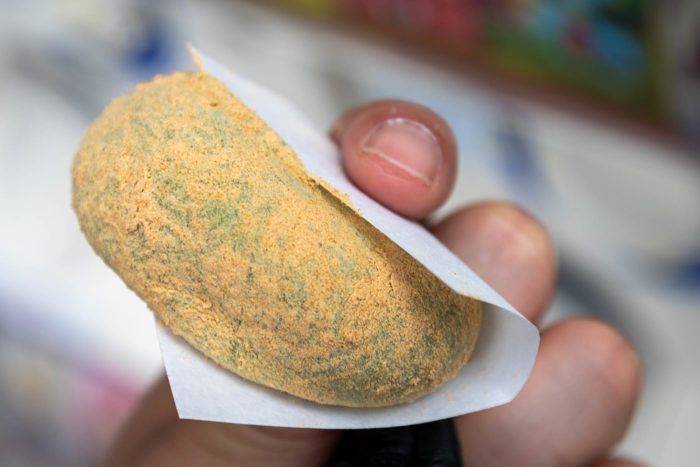
The nearby shopping streets yielded some stand-out goodies. By complete coincidence, we stumbled upon Nakatanidou, a famous mochi shop specializing in freshly pounded yomogi mochi. Even if the name doesn’t ring a bell, you’ve most likely seen the videos of its lighting-fast mochi-pounding performance on the internet before. We’ve had mochi snacks many times, including other instances on this trip, but the soft texture and warmth of these put these in a league of its own.
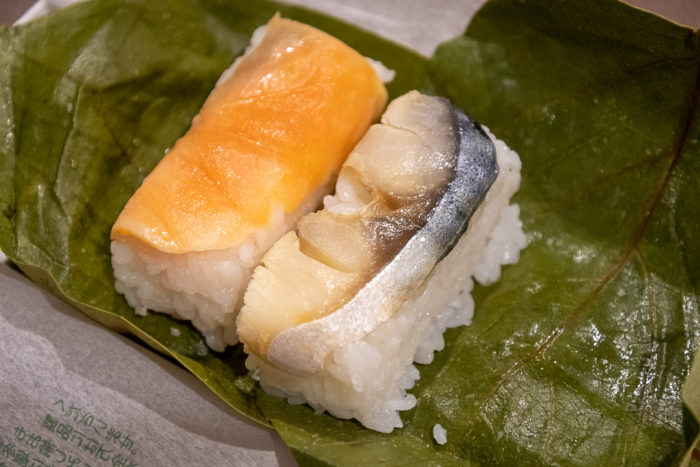
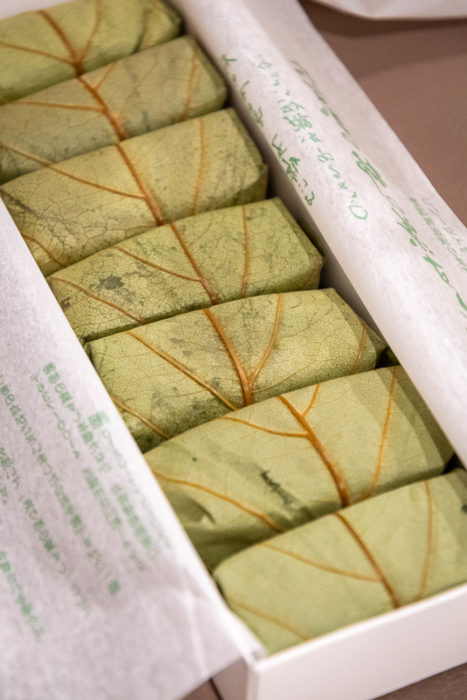
Also delicious was the kakinoha-zushi, a Nara specialty variant of sushi. The rice and fish are seasoned with extra salt and vinegar, and each piece is wrapped with a persimmon leaf (which possesses antibacterial properties). This helps to keep the snack fresh without refrigeration for up to 24 hours. We put this to the test the morning after, and I am happy to report that there were no mad dashes to the toilet that day. The distinctly vinegary taste really hit the spot.
Osaka
Despite staying in Osaka on the previous trip, we didn’t really give the city a fair shake, so this time we cruised through Shinsekai, Osaka Castle, Kuromon Market and revisited Dotombori.
Though these urban hotspots were still busy, they were definitely less crowded compared to the pre-pandemic days. The fact that one could move around without literally squeezing through people was a welcome relief — an observation that would be repeated in Tokyo.
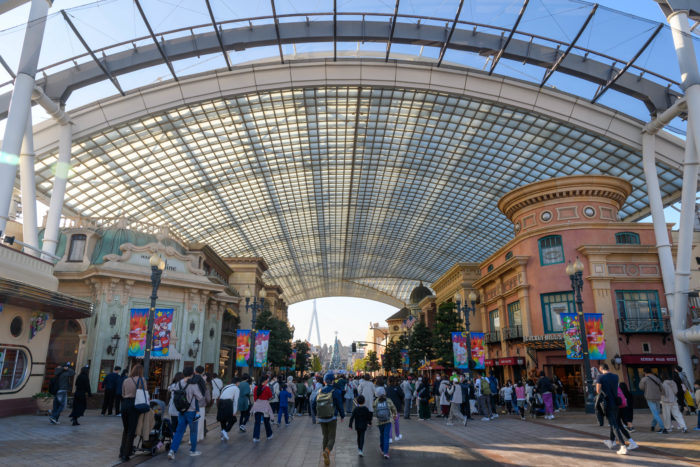
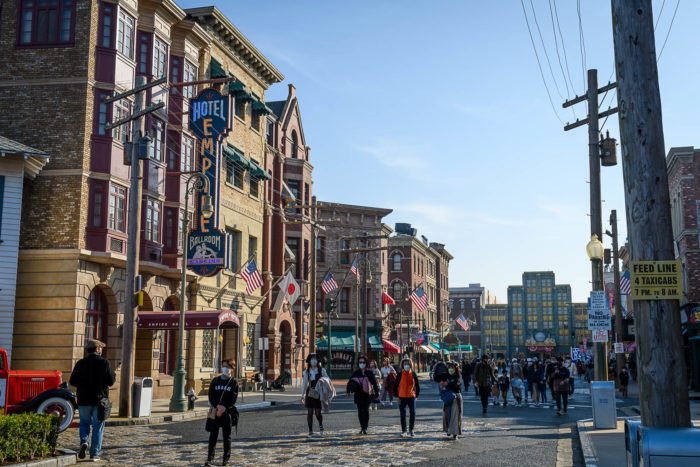
However, the main reason why Osaka was a key part of the trip was Super Nintendo World in Universal Studios Japan. Having only been to Canada’s Wonderland in the past, I was surprised to find such a heavy focus on visual themes as opposed to rides. There are entire portions of the park dedicated to themes such as cityscapes of America and Harry Potter. It was all very nice to walk through, and I was glad to find the entire experience does not consist of waiting in lines to get into rides.
However, it was immediately obvious that the main draw at the park was Super Nintendo World. Even on a weekday, the placed was packed. The presentation of the park was as stunning as the photos made them out to be, right down to the spinning coins on top of the blocky hills. Due to the sheer volume of people present, just about everything involved a line-up, be it the snack stand selling noodle-filled Koopa shells, the restaurant doling out adorably presented (and pricey foods), and even just to punch a question block. Personally, I was fine during my time at Super Mario World, but later on in the day I was pretty much completely tapped out when going through the other parts of USJ.
There were only two real rides in Super Nintendo World, both with wait times of over an hour. We picked the Mario Kart: Bowser’s Challenge ride situated within the impressively intimidating castle. Though I did not know it at the time, the line is led through no less than half a dozen different waiting rooms, each charmingly decorated to keep the crowd entertained. Every room felt like it might be the last, which I imagine is a well-known trick to keep the crowd from getting too agitated. It certainly worked for me, as I emerged from the line not only with my sanity intact, but actually modestly entertained.
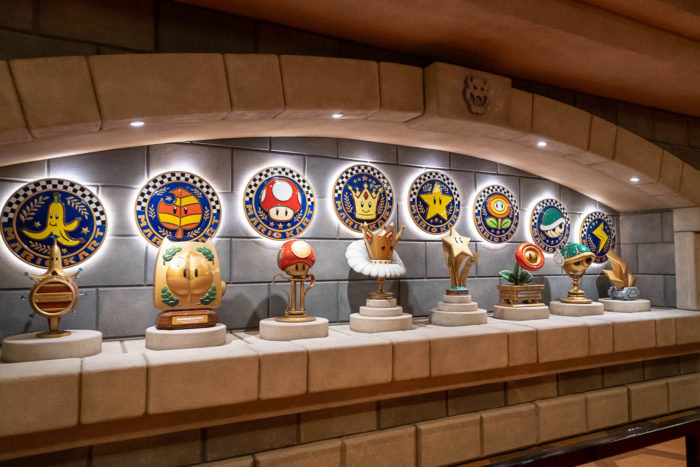
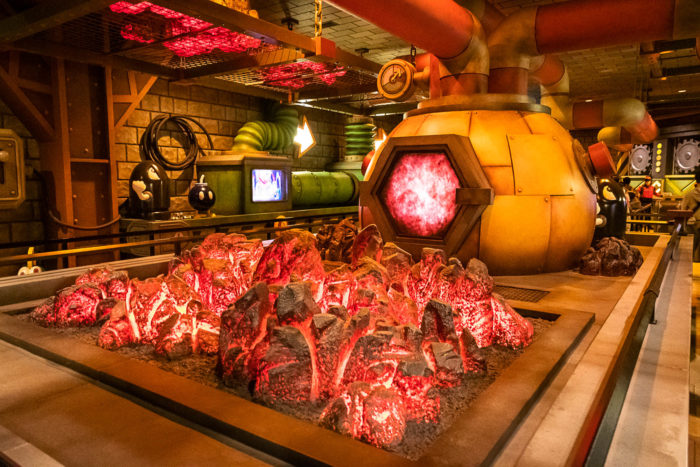
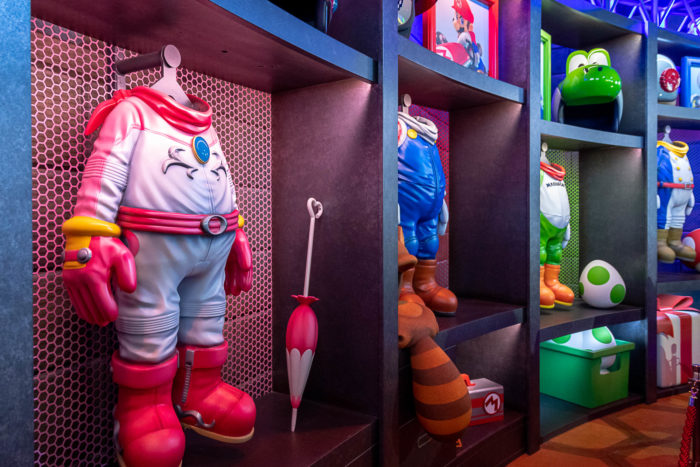
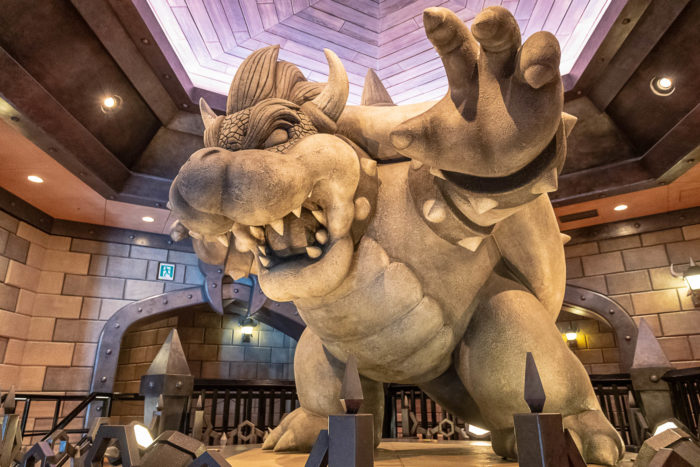
The ride itself was quite interesting — there are pairs of augmented reality goggles physically linked to the vehicle. These googles snap into headbands handed to the riders in advance, and the goggles overlay images of the other vehicles and special effects onto the player’s vision. The player is able to turn the steering wheel to collect the item blocks obtaining shells, and shoot said shells at the opposing Koopaling team.
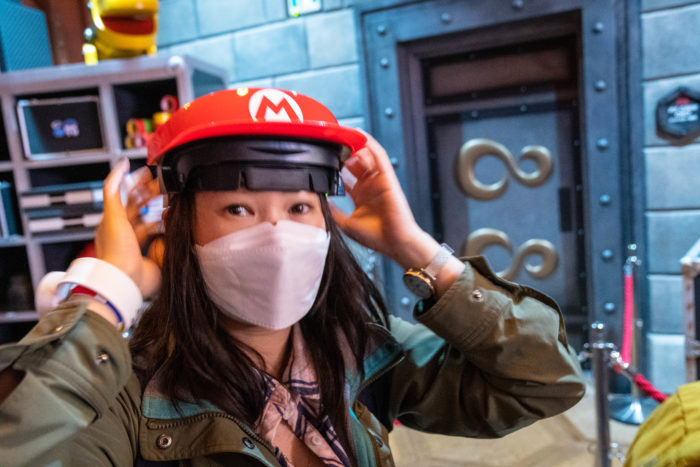
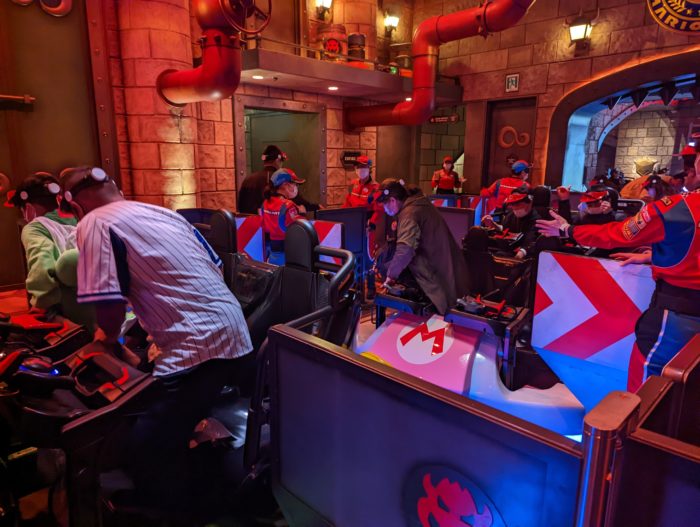
The on-rail vehicle takes the player through a mish-mash of well-known Mario Kart track themes. It starts off at a standard circuit track before going underwater, then onto twisted mansion, cloudtop cruise, grumble volcano, and finally rainbow road. The physical aspects of the ride serve as the backdrop to the images on the AR goggles, and the presentation is on point. At the end of the ride, each player is scored based on the number of successful shell hits (friendly fire on team Mario deduct points).
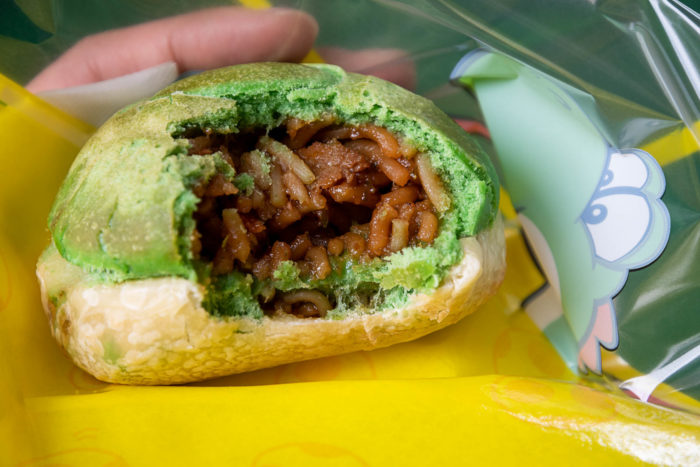
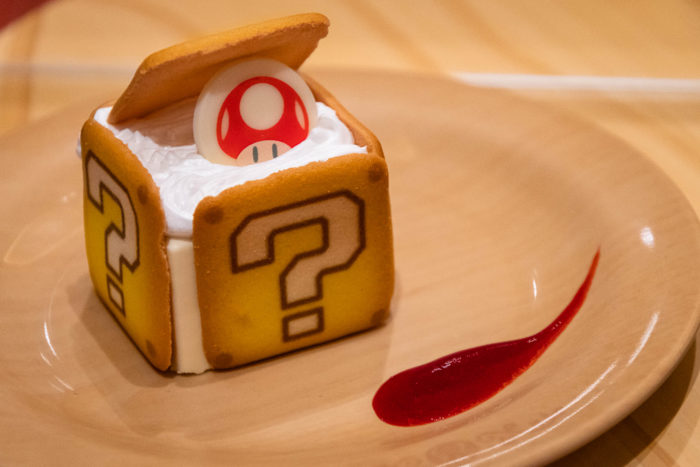
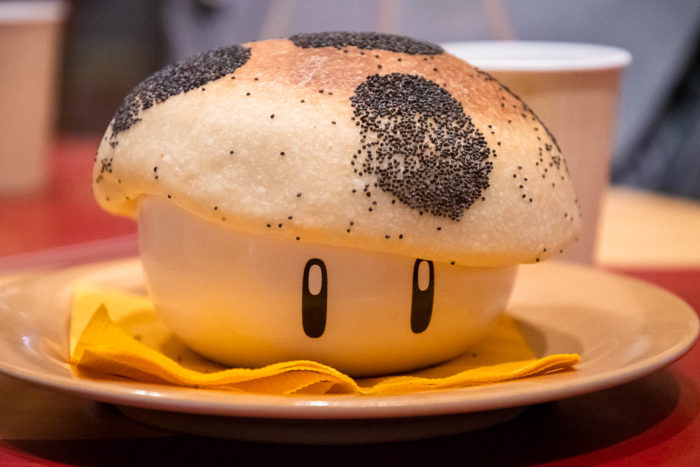
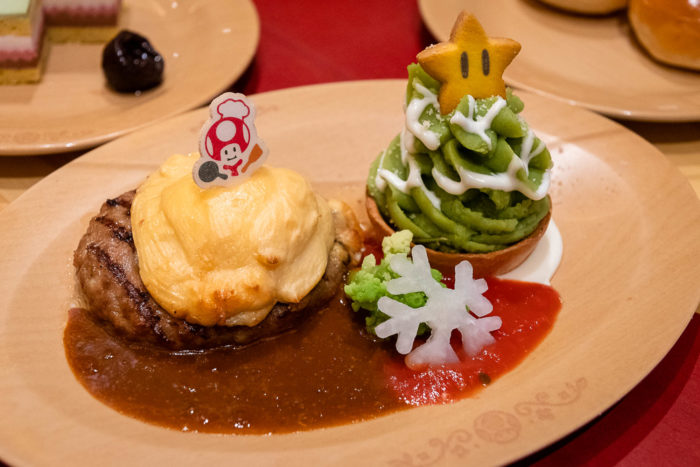
What was remarkable is that the actual physical ride was very slow, and the area the vehicle courses through was shockingly compact. Yet with the help of some clever rotations of the vehicle and the well-crafted effects on the AR goggles, it really did feel like I was tearing through the race at breakneck speed. Very cool!
All in all, I was glad to have visited Super Nintendo World, but it’s not a straightforward recommendation for everyone. You need to be able to deal with a lot of lines and crowds, and you need to go in with the understanding that the appeal is the atmosphere, not the rides. If you tick these boxes, then you’ll have a great time in this lovingly realized mushroom kingdom.
Kyoto
The timing for the entire trip was determined with Kyoto’s autumn foliage in mind, and the sights there certainly did not disappoint. As the cultural repository of Japan, Kyoto’s image is manicured to a much greater degree than other major cities, and the sheer concentrations of attractions make it the top destination this time of year.
What became immediately obvious was that I had under-estimated the autumn foliage crowds in Kyoto. Even without the mainland Chinese tourists, every single tourist spot is packed. I suspect that this is the first “post-covid” travel season for much of the domestic crowd. After the big wave over the summer 2022 (during which most people got acquainted with the virus) my assumption is that fear and uncertainty surrounding covid had dissipated somewhat, as evidenced by the numerous older travelers braving the crowds.
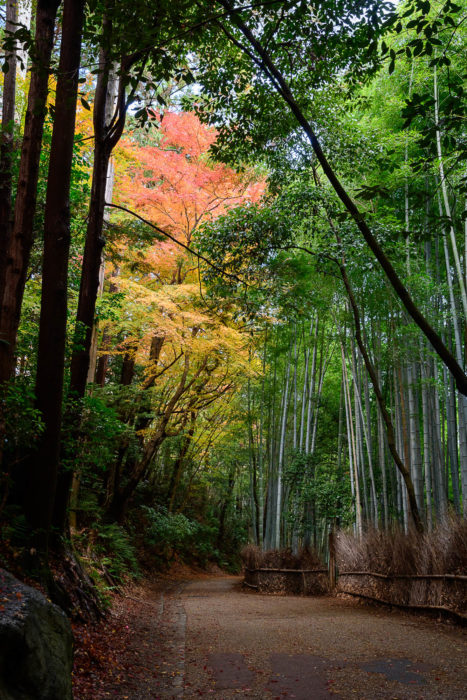
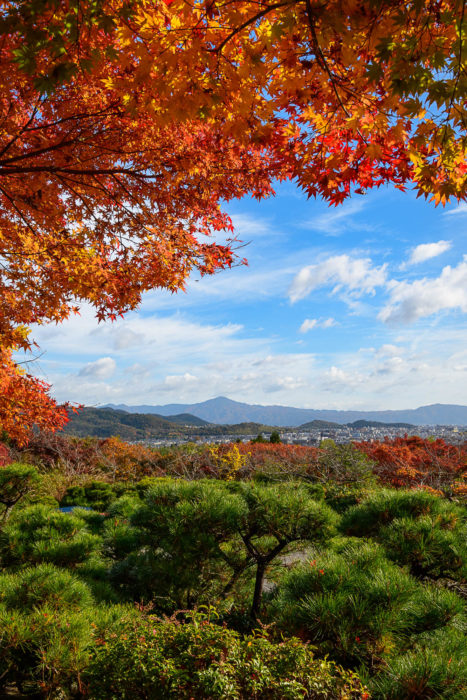
Of the stops we made, the Arashiyama region on the west end of the city was the highlight of the entire trip. The weather was picture perfect, and we had arrived ahead of the crowds early in the morning. Beyond the famous bamboo grove is Okochi Sanso, the former villa of a silent film-era actor that was landscaped over the span of thirty years. The views of Kyoto along with Mt. Hiei was absolutely stunning.
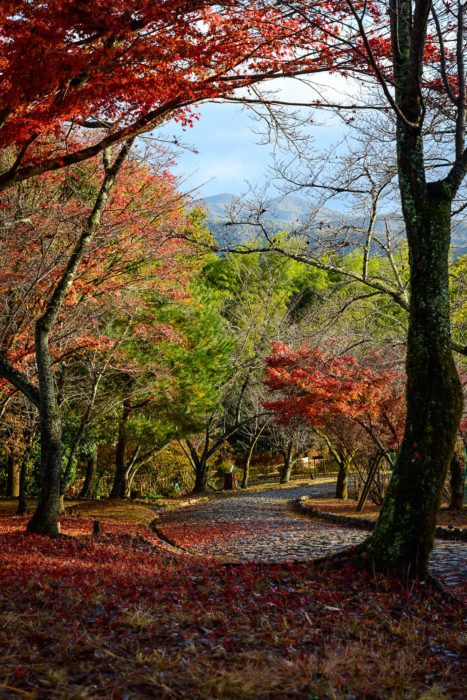
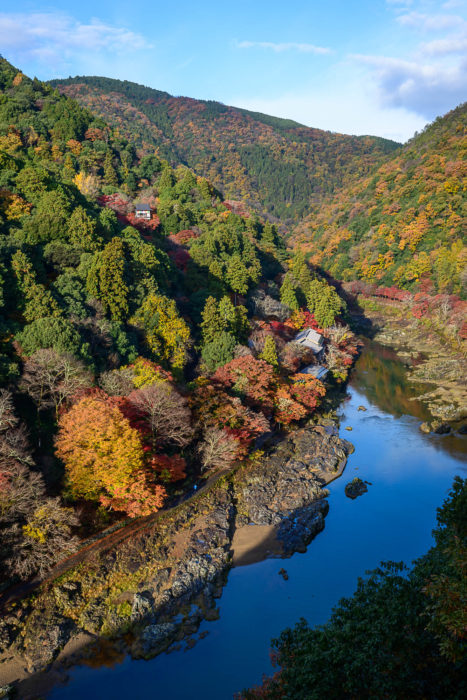
Also of note is Kameyama Parky immediately to the south. As a public park that’s open 24/7, this is the perfect place to visit before nearby attractions open. There are observation points that overlook the Katsura river and the dense foliage of Arashiyama. Not only was the view sublime, but there was hardly anyone there. This is a great place to take a break from the crowds.
The next stop on the itinerary was Tofuku-ji, a Buddhist temple that is a fixture among top autumn sights in Kyoto. Even though I knew it is known for fall colours, I was not at all prepared for the sheer concentration of Japanese maple trees there, the density of which is only matched by the crowds present. The pictures speak for themselves.
The sun sets at around 4:30pm this time of year in Kyoto, but the lack of sunlight doesn’t mean the end of fall colours. Many temples and shrines flip on the switch at night to illuminate the buildings and surrounding trees. We chose Kiyomizu-dera as our night time destination, and it was as packed as Tofuku-ji before it for good reason.
I remembered Kiyomizu-dera fondly on our previous visit, and it was good to see the main hall without the gigantic scaffolding that was in place during its renovation back in 2019. However, the atmosphere is completely different at night. With the maple tree lit up, the red leaves look like flames on a mountain ablaze, so much so that the eyes struggle to adjust to the brightness of the lights against the darkness of the night.
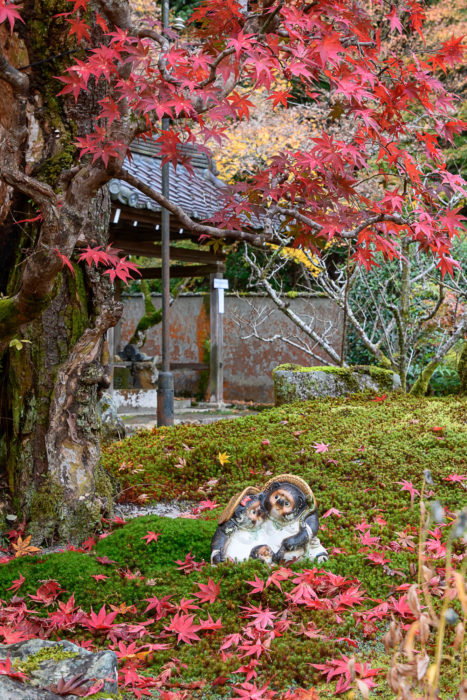
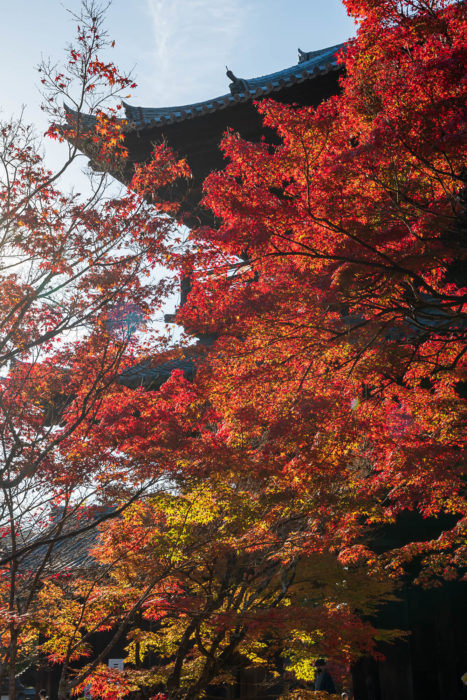
Truth be told, one can’t go wrong in Kyoto this time of year. There’s beautiful architecture adorned by nature no matter where you go, like the rock gardens of Nanzen-ji and the sand garden of Ginkaku-ji. There was a sense of urgency to see as many of these fall attractions as possible in our two days in Kyoto, but at some point it became a case of too much of a good thing as everything started to blur together. Throw in the extreme amount of walking back and forth (34,000 steps on the longest day), the burnout was creeping in earlier than I had anticipated.
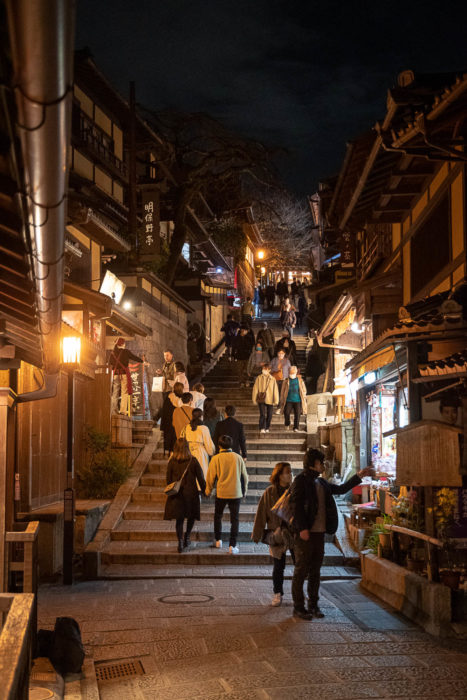
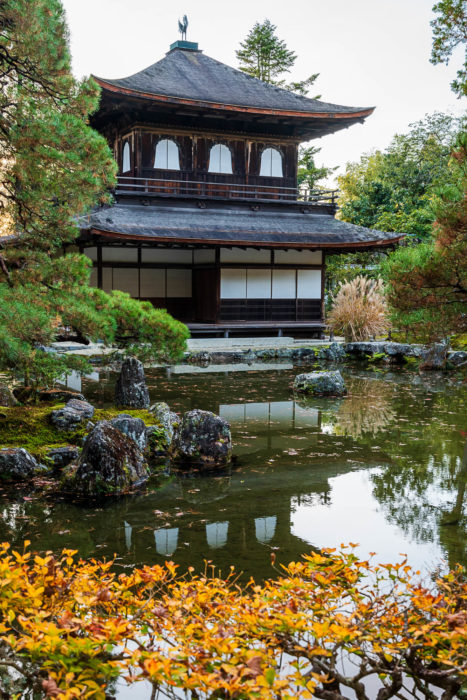
Thankfully, some relaxation was in order as we entered the second half of the trip. The idea on paper was to take it easy in the region around Tokyo, where the goal was more about eating and shopping and less about chasing sights. However, things were quite a bit more complicated in practice, and I’ll tell you all about it in the next post.

